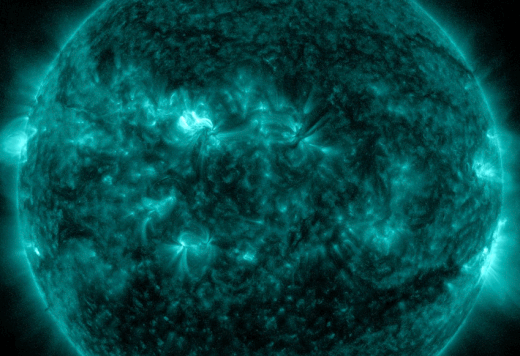Bitter Cold Grips Bolivia; CME; Peer Review Is Not Proof; + 40 Years Of Failed Hysteria
“Yes, we’re stealing from you, and no, you can’t stop us.”
Bitter Cold Grips Bolivia
An intense chill has swept Bolivia, plunging the capital La Paz to -8.5C (16.7F).
At over 3,600 meters (11,800 feet), La Paz is no stranger to chilly mornings — but this reading is considered exceptional for June.
It is is one of the coldest early-winter temperatures ever recorded in these parts, with such lows requiring a perfect storm: dry air, long nights, and intense radiational cooling — all of which aligned (in mid-June).
The freeze wasn’t isolated.
Cities and towns across the Andes —Bolivia, Peru, northern Chile and Argentina— dipped below zero. And as winter deepens across South America, even colder extremes are forecast: local meteorologists have called for decades-old records to fall.
CME
Large sunspot AR4114 erupted yesterday with a powerful M8.3-class solar flare—just shy of X-class.
The flare, occurring at 18:06 UTC on June 15 and captured by NASA’s Solar Dynamics Observatory (below), triggered a shortwave radio blackout across parts of North America, disrupting frequencies below 20 MHz:
The eruption launched a coronal mass ejection (CME) into space.
Early models show most of it will veer away from Earth. The CME’s outer edge is forecast to clip us on June 18, potentially sparking G1-class geomagnetic storms.
Peer Review Is Not Proof
The phrase “peer-reviewed” gets thrown around like a badge of unquestionable truth. In reality, it's little more than a filtering mechanism—an academic gatekeeping system that decides which viewpoints get the green light and which are buried.
Keep reading with a 7-day free trial
Subscribe to Electroverse Substack to keep reading this post and get 7 days of free access to the full post archives.




